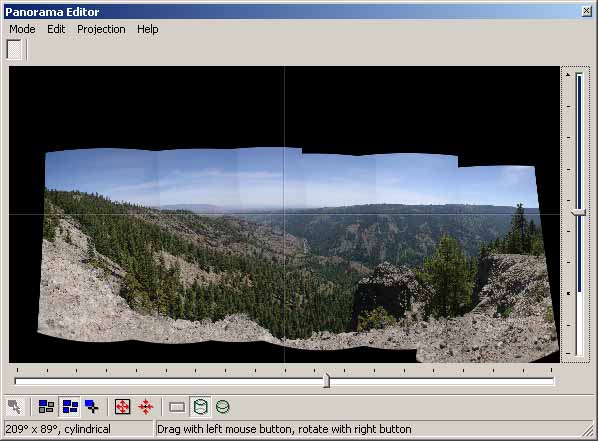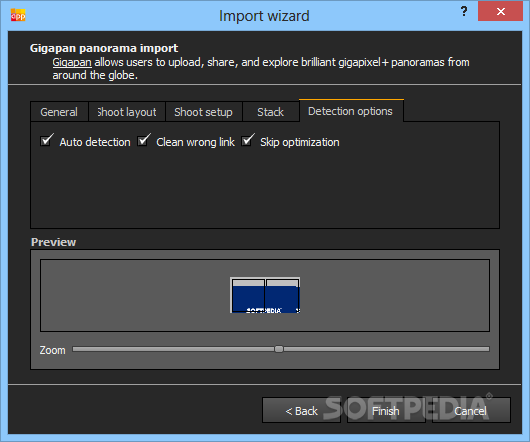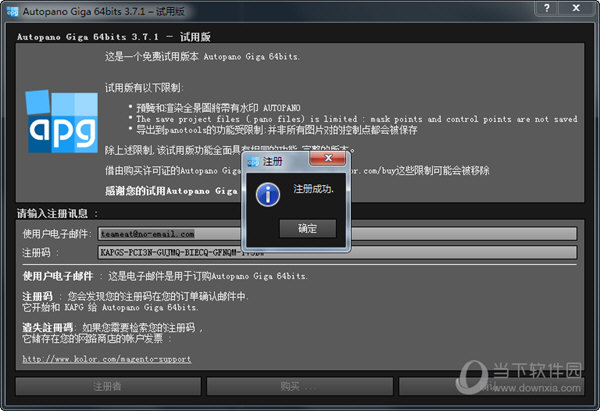
Other than setting up and calibrating the equipment in the right manner, it is important to keep the camera steady and leveled as you make the rotations to take shots. To find the best setting for your equipment, the grid method is recommended on the panohead. Your equipment needs to be calibrated properly to make the stitching process nice and easy. To shoot quality 360 degrees panoramas with fisheye, it is imperative to get the equipment as well as the set up right. The process of shooting panoramas with fisheye lenses involves a number of considerations and they are as follows-: I’m not sure what APG does algorithmically that PTGUI cannot do, but when DxO develops panorama sewing capabilities, I would hope they can match the remarkable flexibility that APG offers.Shooting 360 degrees panoramas with fisheye lens APG can often construct a composite, although post-processing is necessary to correct some overall distortions. Sometimes this is necessary, as when there is glare on the subject or when there is an obstacle in front of some part of the subject. PTGUI is very unhappy with this approach, apparently because it really expects to find a common camera position for all the images it sews together, and the perspective corrections confuse it greatly.Ī related issue, where APG is able to produce composite images and PTGUI is not, is when the individual photos are shot from different positions. When the overlap of images is poor, I can often construct a decent panorama by applying a perspective correction first and then sewing with APG. I presume that this minimal functionality would be easy for DxO to replicate. I’ve found that panoramas shot from a single vantage point with a handheld camera can be sewn together nicely with either Auto Pano Giga or PTGUI.

Integration of panorama stitching into PhotoLab would make life a whole lot easier.
PTGUI VS AUTOPANO SOFTWARE
My present workflow (shooting composite images of murals) is an awkward blend of software that involves GIMP, DxO ViewPoint, Kolor Auto Pano Giga, and DxO PhotoLab.

I would also vote for adding panorama stitching to DxO PhotoLab. The files are saved to disk and a program is called with the files as a parameter.

Maybe sending a number of files to a pano stitching program would be some solution.
PTGUI VS AUTOPANO UPDATE
We update our decoding database following this evolution, but it takes some time, so there is a delay between the release of a camera and the update of a new version of Autopano that support this new encoding format.Īs you can see there’s a lot of arguments to have the pano stitching function not to be part of a raw converter. tiff 16 bits format, which is the equivalent of what Autopano does during the decoding. The solution for that is to decode this new RAW format in. This usually happens when a new camera model is released, containing a new coding of its RAW format and which is not included in Autopano. Therefore, it is possible that Autopano can’t decode some RAW files, simply because the database is not updated. However, the different RAW formats evolve over time, depending on brands and camera models. Prefer shooting in JPG or TIFF if you do not want to treat the RAW photos.Īutopano is able to decode the RAW format. It is best to treat your RAWs in dedicated software beforehand.

Autopano is stitching software, not RAW decoding software, so Autopano will only decode the RAW files with the very default values, defeating the whole purpose of RAW shooting. From the Gopro website Using Autopano Software - GoPro Support Hub I shoot RAW so I’ve some control on the de-mosaicing process and a good basis for the further editings.Īutopano had a very basic converter.


 0 kommentar(er)
0 kommentar(er)
